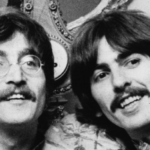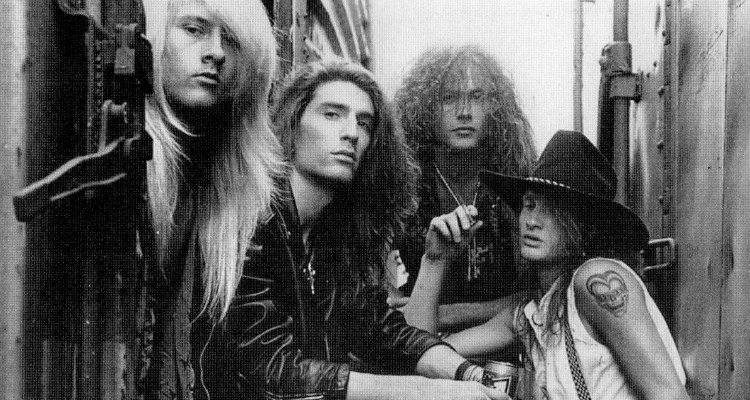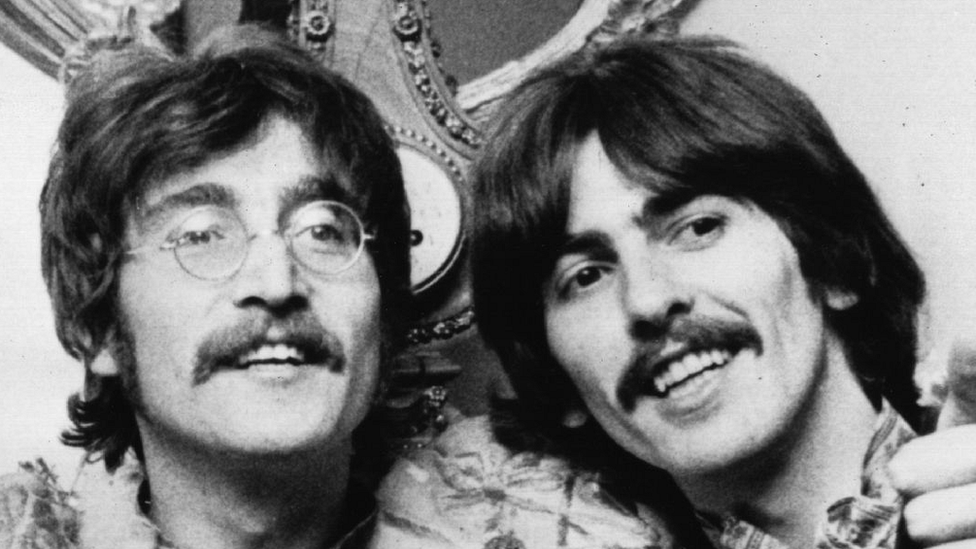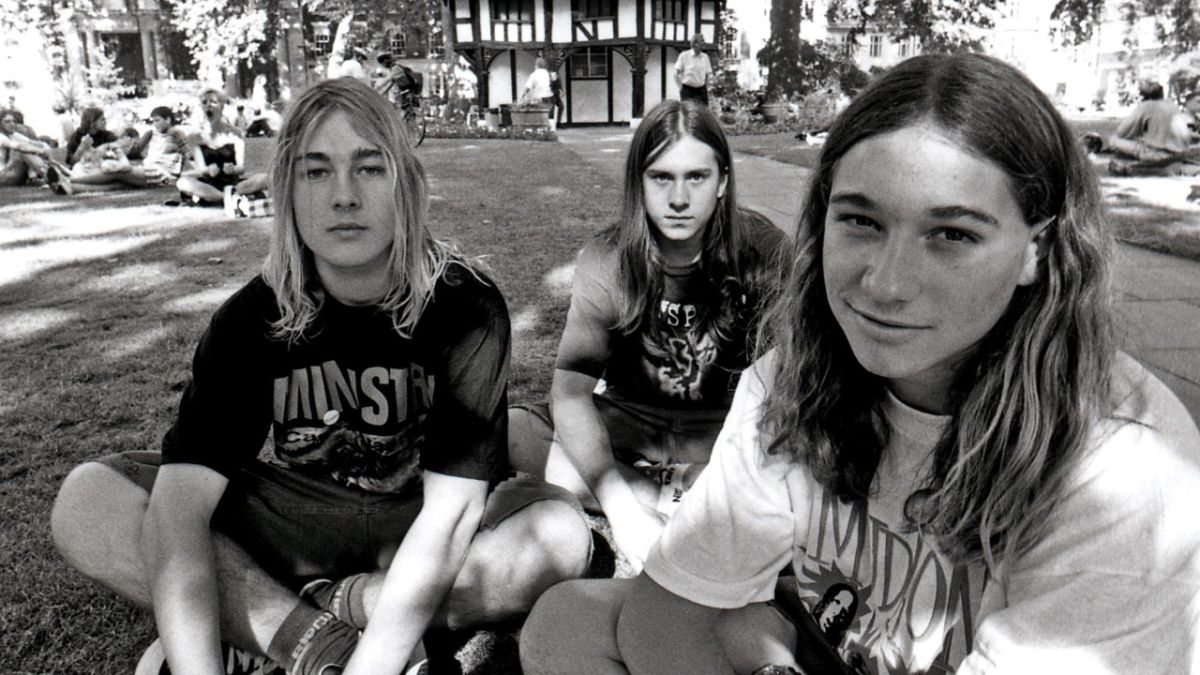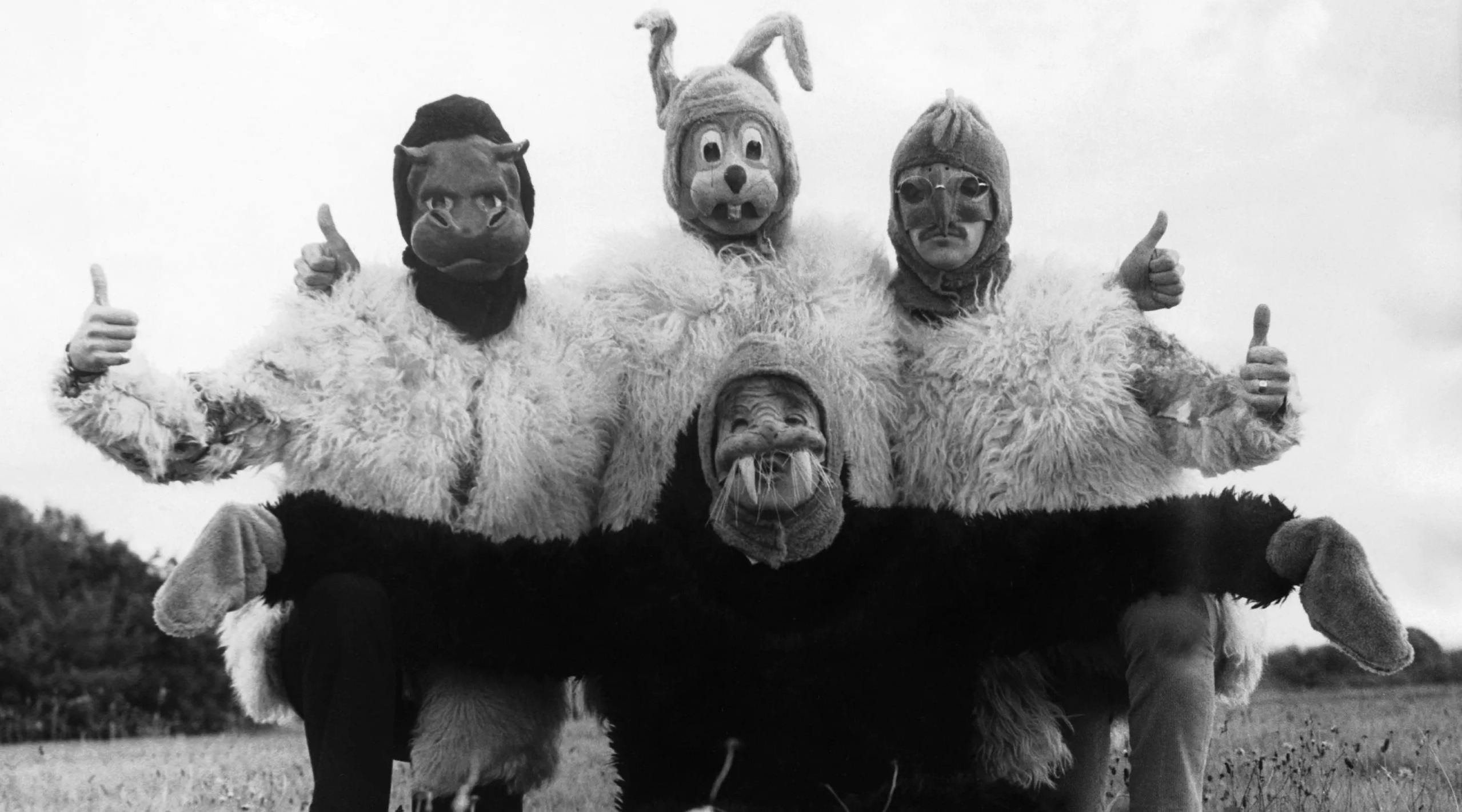Mike Starr: A Rockstar Dreamer
Born in 1966 in Hawaii, Mike Starr was the eldest of two siblings. His parents’ divorce led him to Florida with his father, but eventually, they settled in Seattle. At a tender age of 11 or 12, Starr worked as a dishwasher at IHOP to save money for his first bass guitar, kickstarting his musical journey. His early influences included Van Halen and Jimi Hendrix, and he was determined to become a rockstar, just like Van Halen. Starr’s high school yearbook even predicted his future tour with Van Halen, a dream that would later come true.
The Meeting That Shaped Alice in Chains
Before the classic lineup of Alice in Chains was formed, guitarist Jerry Cantrell played demos for drummer Sean Kinney, with Kinney’s girlfriend, Melinda, present. Surprisingly, Melinda happened to be Mike Starr’s sister, and Kinney had previously played with Starr in several bands since their teenage years. Starr had already met Layne Staley a few years earlier, though he could hardly remember it due to his substance use. Layne’s quirky appearance left a lasting impression on him, and he was convinced that Staley was the kind of guy he wanted to be in a band with.

The Downward Spiral
Susan Silver, who would later manage Alice in Chains, was introduced to the band when she heard their cassette and witnessed their live performance. She noticed their then-manager’s involvement in illicit activities, leading the band to part ways with him. This move would eventually lead to them signing with Susan Silver, Kelly Curtis, and Ken Deans as their managers. Mike Starr, however, posed significant challenges for the band due to his self-centered behavior, which included selling spots on the guest list and soliciting drugs and alcohol in his name. As they began recording their debut album, “Facelift,” the band had to confront their limited budget, especially with Starr, who already considered himself a rockstar.
Rising from the Ashes
Despite the initial slow start, “Facelift” gained momentum when MTV picked up the video for “Man in the Box” in the spring of 1991. This album became the first grunge record to achieve gold status, selling over 500,000 copies. Alice in Chains also secured a coveted opening slot for Van Halen during this time, but it was during this tour that Starr’s troubling behavior surfaced. He was found scalping tickets and backstage passes, jeopardizing his future with the band.

The Unraveling of Alice in Chains
During the recording sessions for their sophomore album, “Dirt,” internal conflicts within the band intensified due to drug use and songwriting disputes. Starr had written a song called “Fear the Voices,” but Jerry Cantrell was reluctant to include it because of his limited involvement in its creation. Although the band recorded the song, Starr was dissatisfied with Layne Staley’s vocal performance, leading to the shelving of the song until years later when it was released in the “Music Bank” box set. “Dirt” would propel Alice in Chains to new heights, selling over four million copies. However, it also marked the beginning of the end for Mike Starr’s time with the band.
A Painful Departure
Starr’s departure from Alice in Chains occurred while they were on tour, and the breaking point seemed to be at the Hollywood Rock Festival in Brazil in 1993. Starr had a near-fatal overdose, which Layne Staley managed to revive him from. Susan Silver, the band’s manager, revealed that Starr’s actions were continuously putting the band in legal jeopardy, with drug use and the sale of backstage passes outside venues being among his transgressions. Despite Starr’s claims that he was helping Layne, the band decided to move on without him.

Following his departure from the band, Mike Starr struggled with personal demons and legal issues throughout the ’90s and 2000s. He briefly played bass in the short-lived group Sun Red Sun with former Black Sabbath frontman Ray Gillen. However, Gillen’s death in 1993 spelled the end for the band. Meanwhile, Alice in Chains continued without Starr until about 1996 when they ceased touring. Layne Staley’s severe drug addiction further contributed to the band’s inactivity in the late ’90s and early 2000s.
The Heart-Wrenching Final Encounter
In April 2002, Mike Starr had one of the last encounters with Layne Staley. Starr visited Staley, who was not feeling well and even offered to call 911. However, Staley threatened to sever ties with him if he made the call. This proved to be a haunting interaction, as Layne’s accountant noticed his prolonged absence from withdrawing money, prompting a wellness check that resulted in the discovery of Staley’s lifeless body. It was estimated that Layne passed away just a day after his encounter with Starr.
The Tragic End of Mike Starr
Mike Starr’s life took a troubled turn after his departure from Alice in Chains. He appeared on reality shows like “Celebrity Rehab” and “Sober House” in the late 2000s in an attempt to combat his addiction. After his appearance on “Sober House,” Starr seemed to be on the path to recovery and was planning to start a new band with Days of the New frontman Travis Meeks. However, in early 2011, Starr’s life took a tragic turn when he was arrested for possession and an outstanding warrant charge. A month later, while staying with Meeks and his wife, Starr was found unresponsive. His death was ruled as an accidental overdose from prescription medication.

A Lasting Tribute
Despite the turmoil, both Mike Starr and Layne Staley remain etched in the legacy of Alice in Chains. The band has honored their memory by inscribing their initials on Sean Kinney’s kick drum during live performances, reminding fans of the tragic but enduring bond between these two talented musicians.
The stories of Mike Starr and Layne Staley are emblematic of the dark side of rock ‘n’ roll. While Alice in Chains rose to fame with their music, they also grappled with addiction and personal demons. Mike Starr, the last person to see Layne Staley alive, faced his own struggles, leaving behind a legacy that serves as a poignant reminder of the perils of fame and substance abuse in the music industry.


